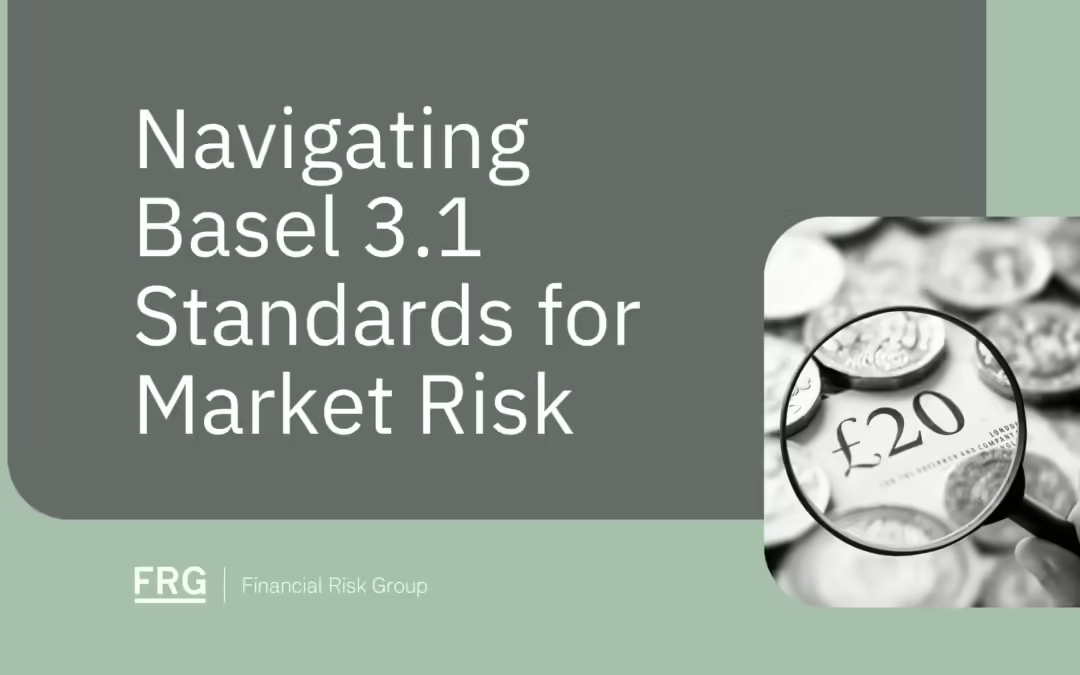
by Regitze Ladekarl, FRM | Feb 3, 2025 | Risk Report
Agreement has been in short supply lately, except when it comes to inflation being a pain that everyone wants to stop or at least get into a reasonable range of, say, 2%. As can be seen on the graph below, the Fed has been working its delicate tool of the interest...

by Regitze Ladekarl, FRM | Jan 20, 2025 | Risk Report
This week the affected home and business owners in LA began to scale the mountain of paperwork that inevitably follows in the wake of the fires. First stop was most likely to file an insurance claim. However, afflicted as it is by fires and earthquakes, California is...

by Regitze Ladekarl, FRM | Jan 13, 2025 | Risk Report
It was difficult to find an appropriate topic for this first Risk Report of 2025. In true New Year’s fashion every common risk topic—inflation, interest rates, dollar strength, bank regulation, and more—has been thrown into the air like confetti and it is not yet...

by Regitze Ladekarl, FRM | Dec 23, 2024 | Risk Report
The first thing they teach you at economist school is that you can either predict where an indicator is going, or you can predict when it will change, but you cannot do both and still be right. As we are deep into the season of predictions there are plenty of examples...

by Regitze Ladekarl, FRM | Dec 9, 2024 | Risk Report
37,000 banks, 5,000 bank failures, 158 years. That’s the stuff of dreams, if you are a researcher at the New York Federal Reserve. Liberty Street, the NY Fed blog, has just published a series of excellent posts about what this treasure trove of data can tell us about...

by Regitze Ladekarl, FRM | Nov 25, 2024 | Risk Report
The rule of the conferences of the parties to the Paris Agreement (COPs) is that nobody leaves until an agreement is reached, which of course ensures an outcome, but not necessarily an outcome anybody wants. The deal that was reached in Baku, Azerbaijan is that by...

by Regitze Ladekarl, FRM | Nov 18, 2024 | Risk Report
Turbulent times can leave anyone feeling a little raw, and banks are no exception. Last year’s runs raised the flags on the resilience of the banking system and luckily the smart people at the Fed of New York know how to measure bank vulnerability and have just...

by Ian Oglesby | Nov 13, 2024 | Basel 3.1 Market Risk
As banks in the UK prepare for the implementation of the Basel 3.1 standards for market risk, also known as Fundamental Review of the Trading Book (FRTB), one of the most crucial decisions they face is choosing which approach to take. The PRA has laid out three...

by Regitze Ladekarl, FRM | Nov 4, 2024 | Risk Report
First National Bank of Lindsay, Oklahoma (FNBL) was told to close the doors to its one location on Friday, October 18th, 2024. The Office of the Comptroller of the Currency said in a statement that it had found: “false and deceptive bank records and other information...

by Jenny Harrod | Nov 1, 2024 | Private Capital Forecasting
Pacing the commitment of private asset investments is notoriously challenging compared to other asset types. Net growth expectations are impacted by the cycle of remaining capital left to call and outflows via distributions, not to mention they take years to fully...










